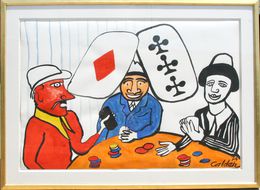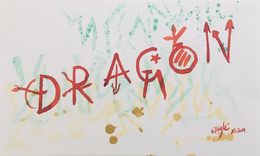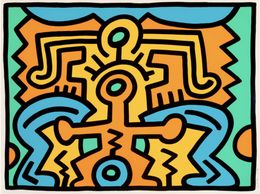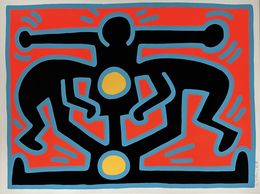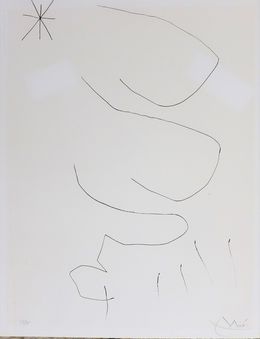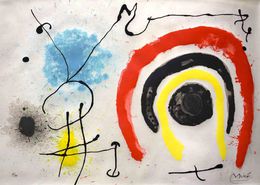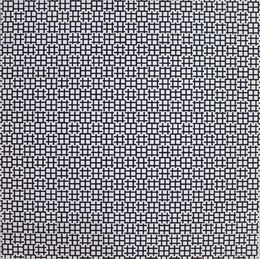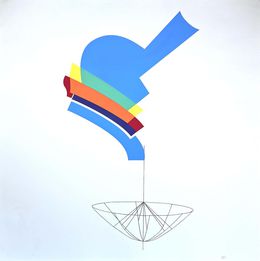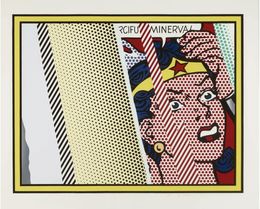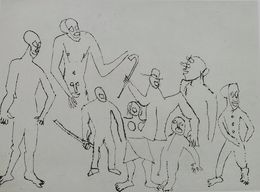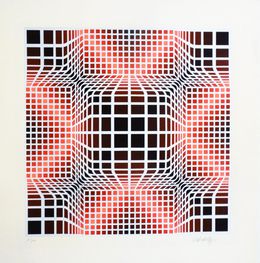
Masters of Modern Art
Not to be confused with contemporary art, the term "modern art" refers to works produced between the late nineteenth and the mid-twentieth century. In response to growing urbanisation, artists rejected the aesthetics of art movements from previous centuries and began to leave more room for creativity in their paintings. The modern art period saw the emergence of Cubism, Surrealism, Dadaism, Abstract Expressionism and many other key movements.
Modern art began with Impressionism and finished with Abstract Expressionism, witnessing the development of several very important and very different art movements. The status of artists changed radically during this period, placing the great modern masters at the forefront of the art world. Artsper invites you to follow modern art's journey through the years, and discover the 20th century artists that permanently changed the way we see the world.
Claude Monet's 1872 Impressionist painting, Impression, Sunrise, is widely regarded as the catalyst for the modern art period, as it rejects the strict rules of academic art. Other artists such as Renoir, Degas and Manet quickly followed suit, causing Impressionism to dominate France's artistic scene. This was until the arrival of post-Impressionism at the end of the century. Van Gogh, Cézanne and Gauguin lead the post-Impressionist movement, captivating viewers with their colourful, inspiring and never seen before paintings.
Henri Matisse and André Derain made up the avant-garde groupe of the 20th century through their introduction of Fauvism. Although they dismissed the idea that art should depict reality, they equally used the world around them as a source of inspiration. Their expressive, multicoloured and energetic paintings played with light and highlighted individual experience.
Shortly after the First World War, painters in Germany and Austria adopted a more experimental approach to art, known today as Expressionism. They took the traits from other art movements and adapted them, resulting in artists depicting the world from a subjective perspective whilst using garish colours and tones.
Cubism was probably the most influential movement in the modern art period. Its transition toward abstraction revolutionised not only painting and sculpture, but also music and literature. Georges Braque and Pablo Picasso began the movement in 1907, where they analysed objects, figures and landscapes before breaking them up and reassembling them into abstract compositions. This allowed the artists to depict multiple viewpoints in their work, and present their subject in a wider and more truthful context. Geometric shapes and an infinite palette of colours make up the Cubist movement, highlighting the details that would otherwise go unnoticed.
The 1920s saw the introduction of Surrealism, where artists like Salvador Dali, Max Ernst, Man Ray, Joan Miro and René Magritte used dreams and the unconscious mind to create psychedelic and whimsical artworks.
Finally Jackson Pollock, Mark Rothko and Willem de Kooning paved the way with Abstract Expressionism. A movement that was not only focussed on colour, but actually considered the process of creation itself, with new artistic techniques such as dripping and pouring.
Save your search and find it in your favorites
Save your search to find it quickly
Saved search
Your search is accessible from the favorites tab > My favorite searches
Unsaved search
A problem occurred
